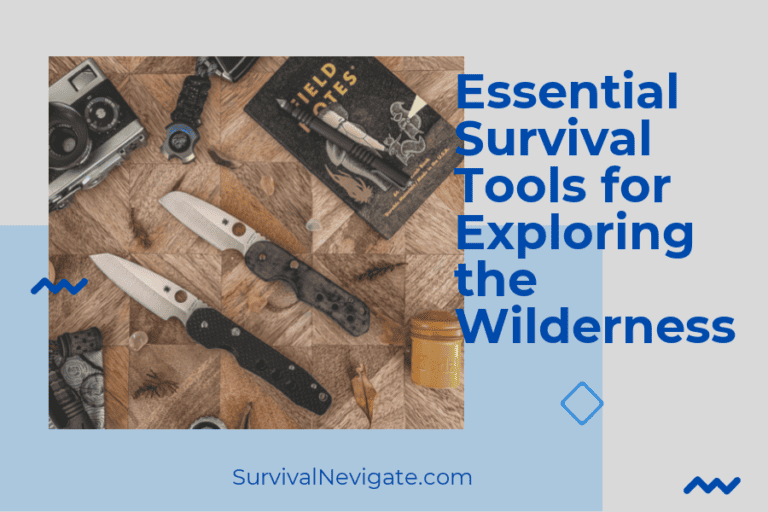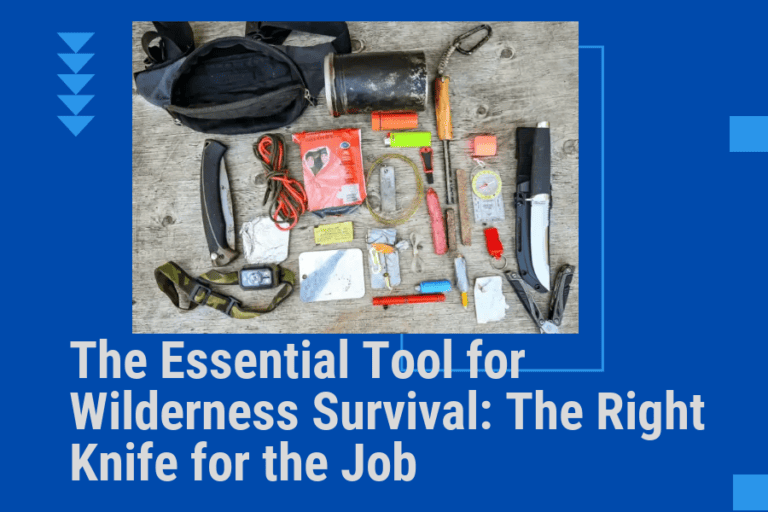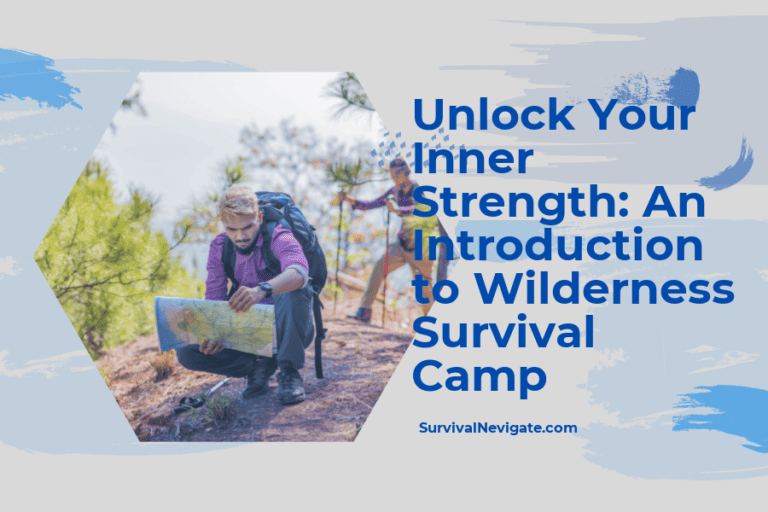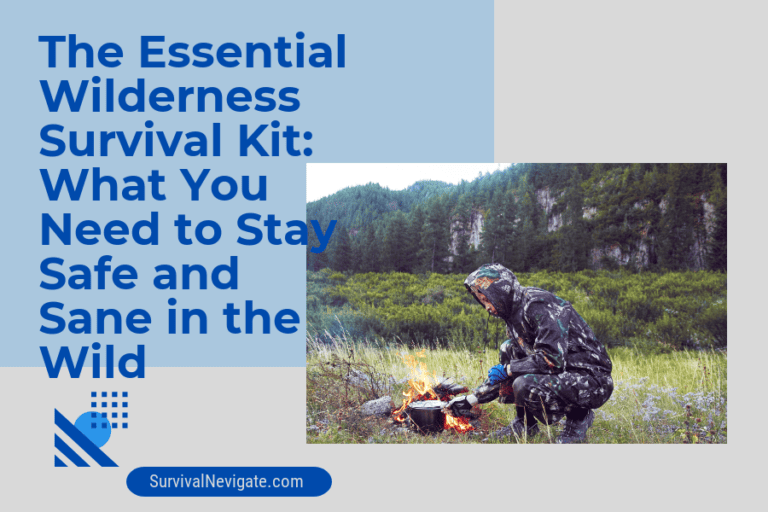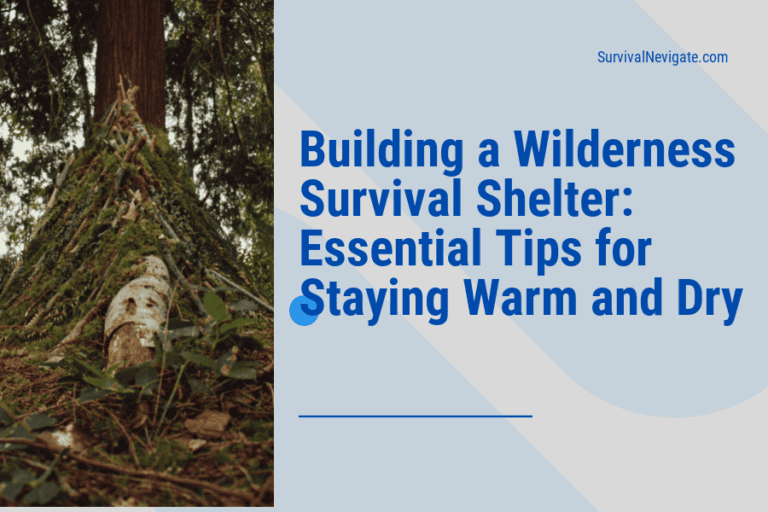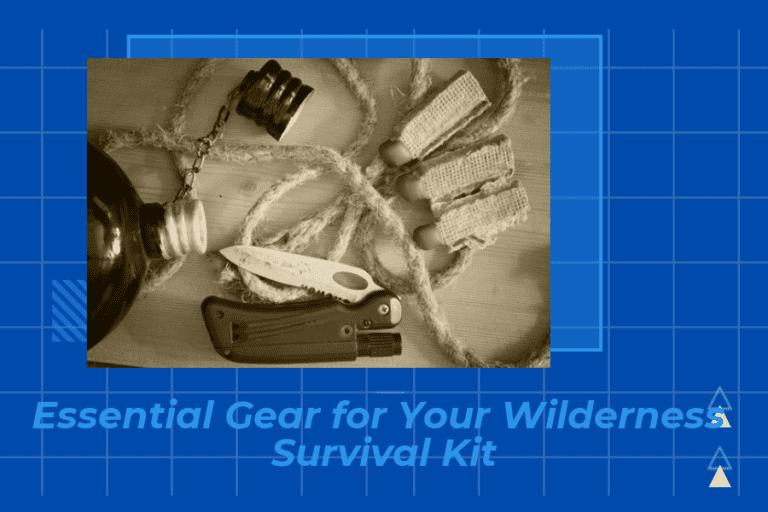10 Essential Survival Skills for Wilderness Exploration
Exploring the wilderness is an exhilarating and rewarding experience, but it also comes with certain risks and potential dangers. To ensure your safety while out in the wild, it is essential to be prepared and knowledgeable about the necessary survival skills.
In this article, we’ll be discussing 10 essential survival skills you need to stay safe and survive in the wilderness. From understanding how to build a shelter to finding food and water, these 10 skills are essential for any wilderness explorer.
We’ll also be discussing the tools and resources necessary to master these skills and how to apply them in a variety of situations. So, join us and learn how to prepare for a successful and safe wilderness exploration.
Knowing Your Surroundings
One of the most important survival skills is to know your surroundings. When out in the wild, it is essential to be aware of the terrain and landscape you are in.
Take a few moments to get familiar with the area. This will help you in case of danger and navigating your way through. Note the landmarks, vegetation, and other features that can help you orient yourself. Knowing where the sun rises and sets can also be invaluable for planning your day and estimating the time it takes to travel from one point to the next.
It is equally important to understand the weather and climate of the area. Check local weather reports and take note of any potentially dangerous weather conditions to be prepared. Being aware of the temperature can also help you choose the right clothing and gear for the day. By understanding the local conditions, you can make sure that you have the right supplies and gear to keep you safe throughout your adventure.
Finally, it is important to be aware of the potential dangers in the wild. Knowing what kind of animals and plants reside in the area and understanding any potential risks can help you make informed decisions and stay safe.
Make sure that you have the right safety equipment and supplies and know how to use them in case of an emergency. By understanding and knowing your surroundings, you can stay safe and enjoy your journey in the wild.

Building a Shelter
Building a shelter is one of the most essential survival skills you need if you plan to explore the wilderness. Knowing how to construct a shelter provides physical protection from the elements and the potential dangers of the wild.
A shelter needs to be sturdy and able to withstand strong winds, heavy rains, and other natural elements. To build an effective shelter, you’ll need a few essential items such as a sturdy tarp, rope, and some sturdy sticks and logs. You can use the tarp as a shelter roof and use the rope to secure it in place. Then, using the sticks and logs, build a frame for the walls and secure them with rope.
Another important step is to protect your shelter from wildlife. Place sticks and rocks around the perimeter of your shelter and use branches and foliage to cover your shelter to further protect it.
Additionally, try to avoid building your shelter near an animal’s natural habitat, such as a river or lake, as there is a greater chance of encountering wildlife. With these tips, you should be able to construct an effective shelter that can protect you from the elements and most wildlife.
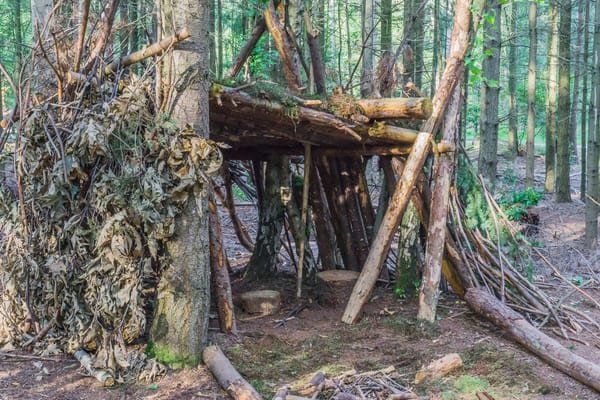
Starting a Fire
One of the most essential survival skills you need to know when exploring the wilderness is starting a fire. Fire is a key component for warmth, cooking, protection, and signaling for help in an emergency.
To start a fire, you will need a few essential items. First, you will need some kindling such as twigs, leaves, and dry grass to act as a base for your fire. Gather these items and create a teepee-like structure, leaving enough room for oxygen to flow. You will also need a source of ignition, such as a lighter or fire starter, to get your fire started.
Finally, you will need some kind of fuel, such as larger sticks, branches, and logs, to keep your fire burning. With the right tools and resources, you can easily create a sustainable and safe fire that will last for hours.
Before attempting to start a fire in the wilderness, it is important to understand local fire regulations and ensure you are in an appropriate area. Additionally, you should always think about the potential consequences of starting a fire and take safety precautions.
Once your fire is lit, be sure to constantly monitor it and keep it away from combustible items or materials. You should also plan ahead and have a bucket of water and/or a fire extinguisher close by in case of an emergency. With the right precautions and safety measures in place, you can easily create a safe and sustainable fire in the wild.

Finding Food and Water
Finding food and water are two of the most essential survival skills you need to stay safe in the wilderness. Knowing where and how to find food sources can save you from starvation. The same applies to finding water sources to keep you hydrated.
When it comes to finding food and water, you should always be on the lookout for signs of wildlife. Tracks, droppings, and other signs of animal activity can help you identify likely areas to hunt or fish. You may also find edible plants and berries in the area, and these can be a good back-up source of nutrition.
Knowing where to find water is just as important as finding food. Look for sources such as streams, rivers, and lakes, or identify areas with high humidity levels which often indicate nearby standing water. If you’re near a beach, you can also collect saltwater for drinking, although you must filter or boil it to make it safe for consumption. Additionally, you should know how to locate underground water sources, such as by digging a well or by using a divining rod.
For finding food and water, it’s important to have the right tools and resources on hand. A knife and fishing rod are two of the most important tools to carry with you. You might also consider bringing a compass or GPS device to help you navigate the area, along with a water filter or purification tablets. Keeping a survival guide or field guide with you can also be helpful for identifying edible plants and other potential food sources.
By having the right skills and resources, you can stay safe and well-nourished in the wilderness. Learning how to find food and water sources can be the difference between life and death when you’re out in the wild.
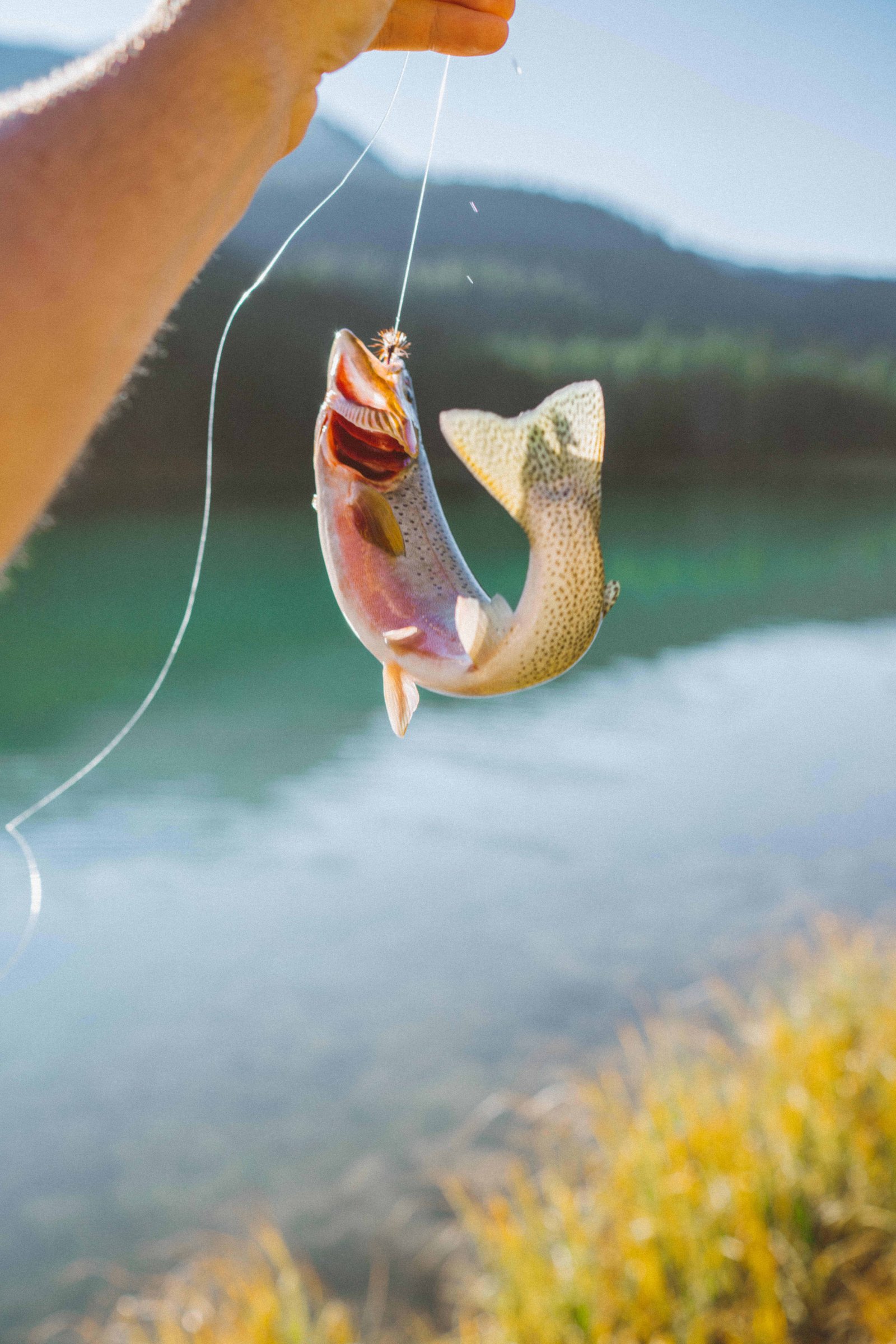
Signaling for Help
One essential skill all wilderness explorers should master is signaling for help. If you’re ever in a situation where you need to be rescued from the wilderness, knowing how to signal for help will be invaluable.
This could include anything from lighting a fire, making an SOS sign in the snow, or building a smoke signal. Understanding the different methods of communication and types of signals you can use to get the attention of rescuers is key to staying safe and increasing your chances of being found.
When signaling for help, it is important to consider the environment. If you’re in a dense forest, for example, it may make more sense to rely on auditory signals such as whistles or shouting to draw attention.
If you’re in an open area without a lot of trees, visual signals such as smoke signals or a large SOS sign can be more effective. Ultimately, it’s important to keep in mind that you may need to use a combination of signals to maximize your chance of getting noticed. With a bit of preparation and some practice, you’ll be able to master the art of signaling for help in the wilderness and increase your safety.
First Aid and Injury Prevention
One of the essential survival skills to know when out in the wilderness is first aid and injury prevention. Knowing how to recognize signs and symptoms of common illnesses and injuries and how to provide first aid if necessary is a vital skill in order to ensure survival.
Understanding the basics of first aid and having a first aid kit with you will increase your chance of survival if an accident or illness occurs. Knowing how to stay hydrated, prevent sun exposure, and avoid hypothermia are also important considerations. While these skills may seem simple, they are essential in keeping yourself safe and healthy in the wilderness.
Additionally, it is important to be aware of your surroundings and stay away from dangerous animals or other potentially hazardous areas. Knowing how to recognize signs of dangerous wildlife, such as snakes or bears, is essential in avoiding potential injury.
Wearing proper clothing, such as long pants and long sleeves, can also help protect you from potential hazards in the wild. Finally, it is important to know how to use tools and weapons properly and safely, such as for hunting and gathering food. Knowing how to safely handle tools and weapons can help you avoid unnecessary injury and ensure your safety in the wilderness.
In summary, understanding first aid and injury prevention is a vital part of ensuring your safety in the wilderness. Knowing how to recognize symptoms and provide basic first aid, how to stay hydrated and avoid sun exposure, and how to use tools and weapons safely are all essential skills for any wilderness explorer.
By being aware of your surroundings and understanding these key survival skills, you will increase your chance of staying safe and surviving in the wilderness.


